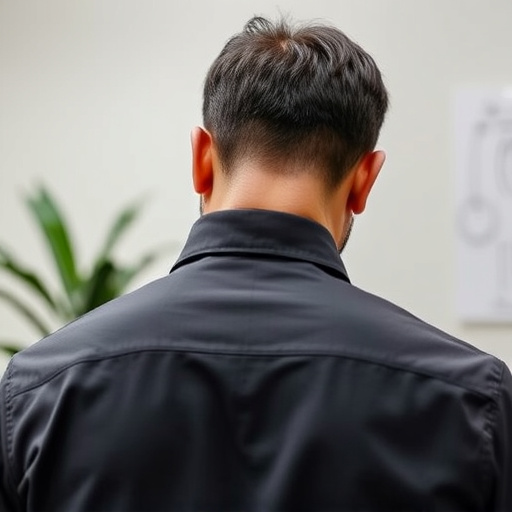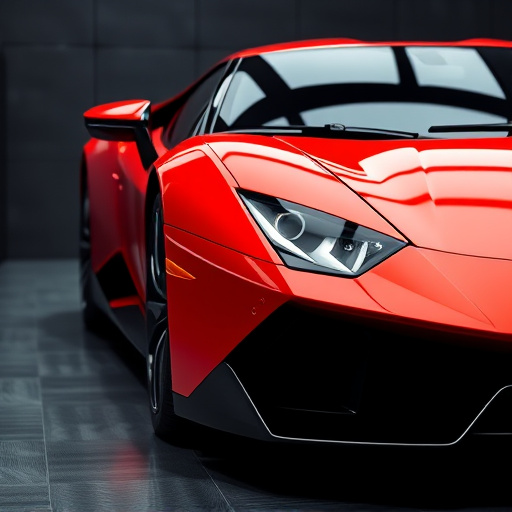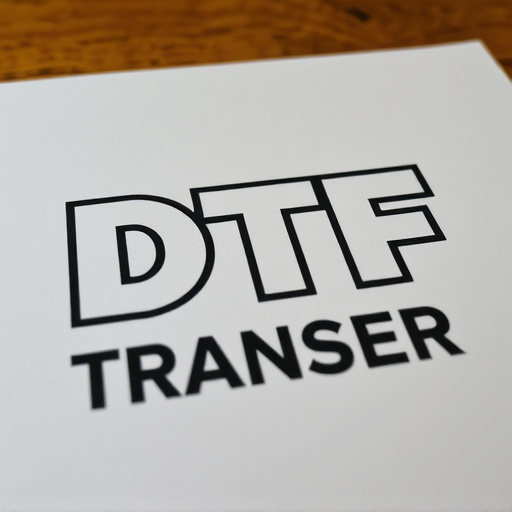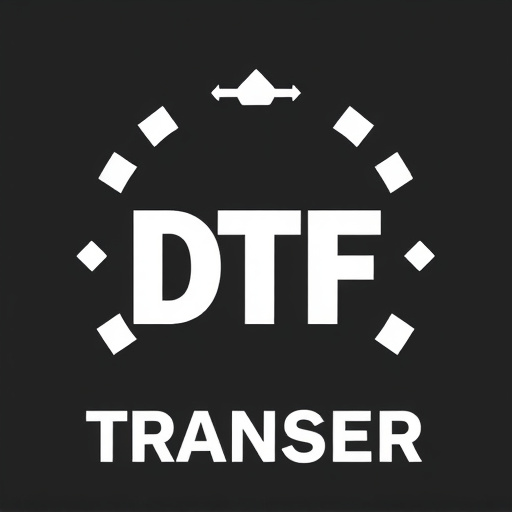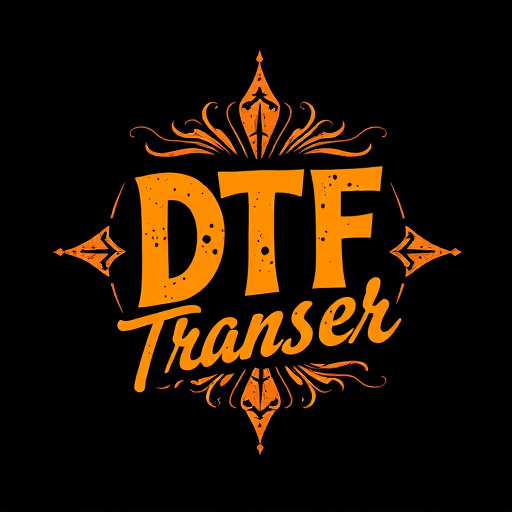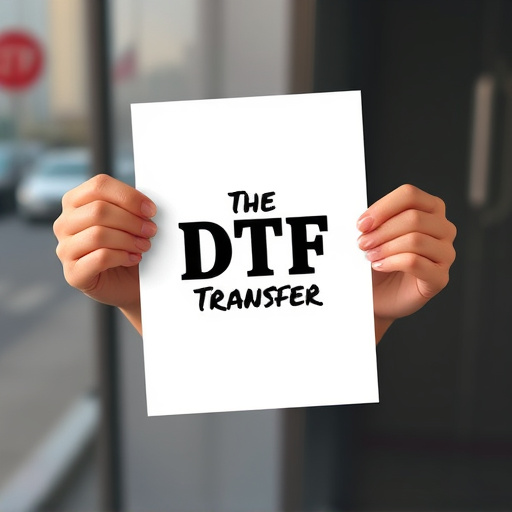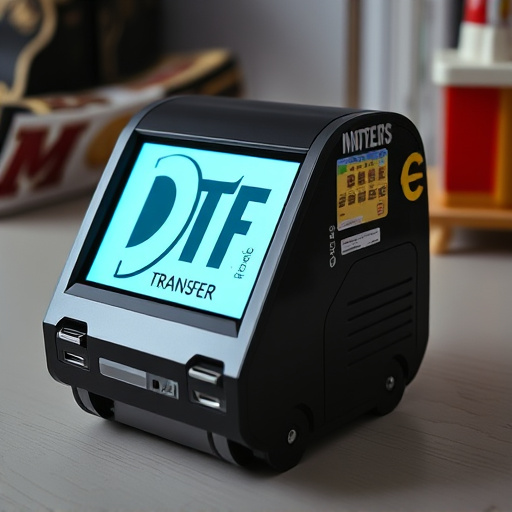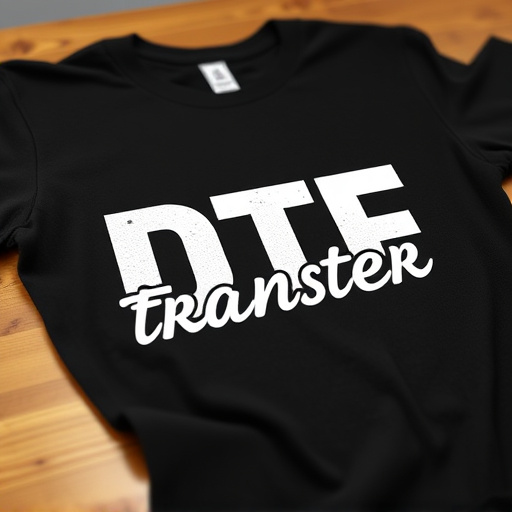Direct-to-film (DTF) technology is a cutting-edge process enabling the creation of personalized artwork directly on film surfaces. It uses specialized equipment to transfer designs onto film stock, offering unparalleled versatility in visual storytelling. The meticulous process involves designing tailored artwork for specific film formats and printing with precision laser or inkjet techniques. DTF guarantees durable, vibrant finishes suitable for indoor and outdoor applications. It revolutionizes film production by enabling faster turnaround times, superior color vibrancy, and durable results without traditional cutting or assembly. Key to achieving high-quality prints is selecting the right materials like high-gloss vinyl with strong adhesive properties, ensuring aesthetics and longevity. Successful case studies across various industries demonstrate DTF's versatility, transforming ordinary items into unique, high-quality pieces.
In the realm of film and visual storytelling, personalized artwork has emerged as a powerful tool with the advent of Direct-to-Film (DTF) technology. This innovative process enables the creation of unique, high-quality visuals directly onto film surfaces, enhancing cinematic experiences. This article delves into the intricacies of DTF printing, exploring its technology, creative process, and numerous advantages for filmmakers. From choosing the right materials to ensuring optimal output, we’ll guide you through the art of crafting personalized DTF artworks that bring stories to life on the big screen.
- Understanding Direct-to-Film (DTF) Technology
- The Process of Creating Personalized DTF Artworks
- Benefits of DTF Transfer for Film Applications
- Choosing the Right Materials for DTF Prints
- Techniques to Ensure High-Quality DTF Output
- Case Studies: Successful DTF Printing Projects
Understanding Direct-to-Film (DTF) Technology
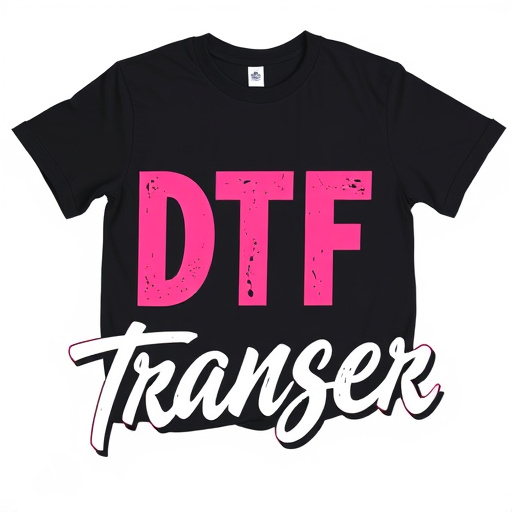
Direct-to-film (DTF) technology is a cutting-edge process that allows for the creation and application of personalized artwork directly onto film surfaces, offering unparalleled versatility in visual storytelling. This innovative technique bypasses traditional printing methods by using specialized equipment to transfer designs onto film stock, enabling unique and customized visuals. DTF involves several steps: first, the artwork is designed specifically for the chosen film format, ensuring optimal visual impact; then, a precise laser or inkjet printer transfers the image onto the film, creating high-resolution DTF prints.
With its precision and speed, DTF technology revolutionizes how filmmakers, artists, and brands bring their visions to life. It’s particularly advantageous for creating custom graphics on vehicles, as well as for special effects in films and events, ensuring eye-catching visuals that capture audiences’ attention. The DTF transfer process guarantees a durable and vibrant finish, making it suitable for both indoor and outdoor applications.
The Process of Creating Personalized DTF Artworks
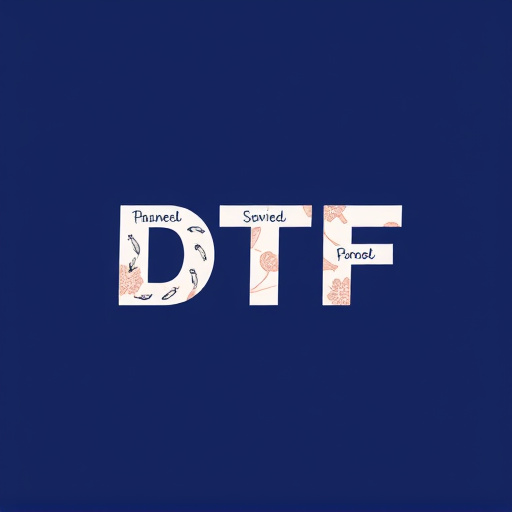
Creating personalized artwork for direct-to-film (DTF) application involves a meticulous process that combines artistic skill with technical precision. It begins with understanding the client’s vision and requirements, ensuring the design aligns perfectly with their expectations. Artists use digital tools to create or modify graphics, incorporating elements like logos, text, and images that will be printed directly onto the film. This stage demands attention to detail, as even subtle errors can affect the final product.
Once the digital artwork is finalized, it’s prepared for printing using specialized DTF transfer techniques. This includes setting up the correct printer settings, choosing appropriate inks, and ensuring the print surface is ready. The physical printing process involves carefully applying the ink to the film, often with fine nozzles for precise details. After printing, the DTF prints undergo curing, a critical step that sets the ink permanently onto the film. This meticulous process guarantees high-quality, personalized artwork ready for direct application in various industries, from signage to packaging.
Benefits of DTF Transfer for Film Applications
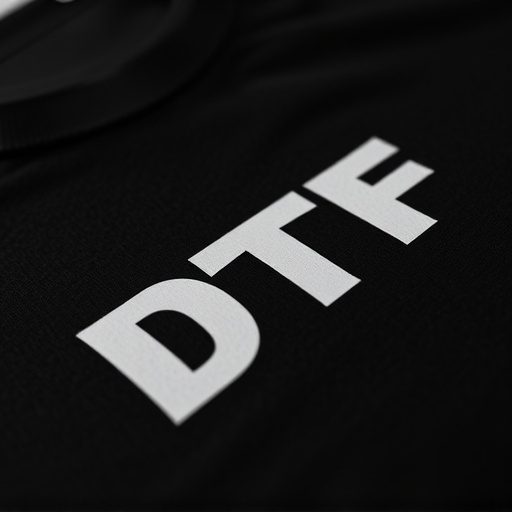
Direct-to-film (DTF) transfer offers a myriad of advantages for film applications. This innovative printing method allows for the creation of personalized artwork that can be seamlessly integrated into cinematic experiences. With DTF, intricate designs and vibrant colors can be printed directly onto various film surfaces, enabling the production of unique props, costumes, and backdrops.
Compared to traditional methods, DTF Printing provides faster turnaround times and higher quality results. It streamlines the production process by eliminating the need for intermediate steps like cutting or assembly. Additionally, DTF Prints are known for their durability and longevity, ensuring that film assets remain in top condition throughout production and beyond. This makes it an ideal solution for both independent filmmakers and major studio projects alike.
Choosing the Right Materials for DTF Prints
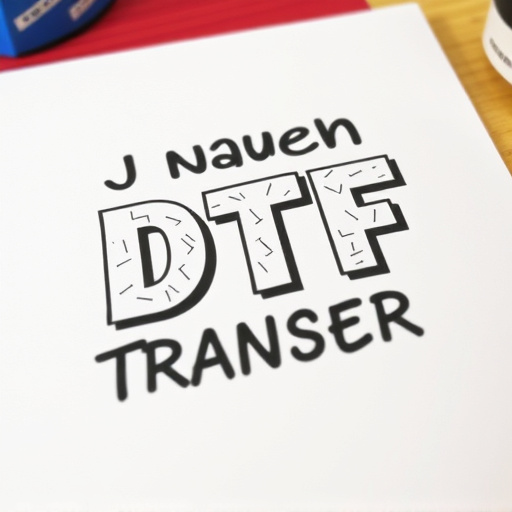
When creating artwork for direct-to-film (DTF) application, selecting the appropriate materials is paramount to achieving exceptional prints. The right choice ensures that the final product not only looks visually stunning but also withstands the rigors of outdoor exposure or other intended uses. For DTF transfers, consider using high-quality vinyl with a glossy finish for vibrant color reproduction and durability. This material is ideal for detailed designs as it allows for intricate cuts, providing both precision and clarity in the final print.
Additionally, the substrate’s adhesiveness plays a crucial role. Opt for a vinyl that offers strong adhesion to ensure the design bonds securely to various surfaces. Moreover, consider factors like weather resistance, especially if the DTF prints are intended for outdoor use, ensuring colorfastness and longevity. The right materials choice not only enhances the aesthetics of the artwork but also contributes significantly to its practicality and long-term viability.
Techniques to Ensure High-Quality DTF Output
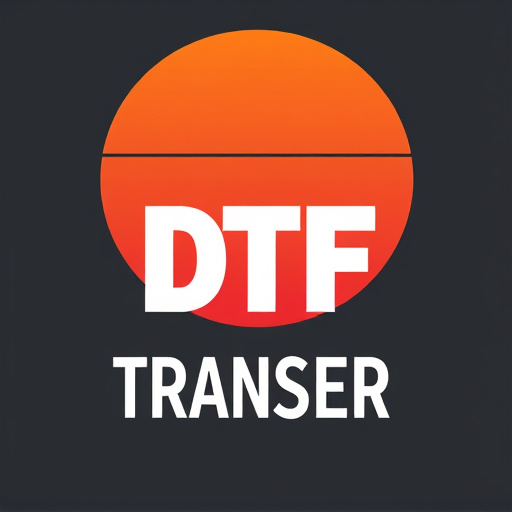
Creating personalized artwork for direct-to-film (DTF) application requires a keen eye for detail and specific techniques to ensure high-quality DTF output. The process involves preparing digital designs that are then printed directly onto film, necessitating precision in both file formatting and printing methods. Using vector graphics and ensuring resolutions of at least 300 DPI is crucial for achieving sharp, crisp prints. Color profiles and mode settings must also be carefully managed to prevent color distortion or loss of detail.
Additionally, proper file compression and saving techniques are vital to preserve the integrity of the artwork during the transfer process. Using formats like CMYK or PDF with embedded fonts ensures compatibility with DTF printing systems. Testing on scrap material before final production runs is highly recommended to catch any issues early on. This includes checking for ink bleeding, color accuracy, and overall print quality. By adhering to these practices, artists can deliver exceptional DTF prints tailored for their intended applications.
Case Studies: Successful DTF Printing Projects
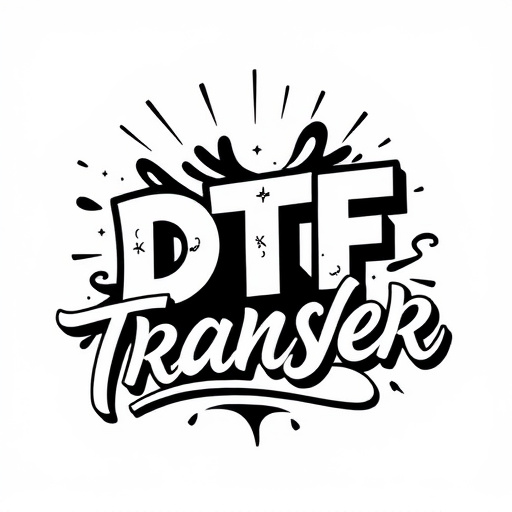
Direct-to-film (DTF) printing has proven to be a game-changer in numerous creative projects, showcasing its versatility and effectiveness through various case studies. From custom merchandise to unique marketing campaigns, DTF Transfer technology has left its indelible mark on diverse industries.
One successful example involves a fashion brand that utilized DTF Printing for creating limited-edition t-shirts with intricate, full-color designs. The process enabled them to achieve remarkable detail and vibrancy, resulting in exceptional customer satisfaction. Similarly, a small business specializing in personalized gifts employed DTF to print custom images on various products, such as phone cases and mugs, adding a touch of uniqueness to their offerings. These case studies highlight the ability of DTF Transfer to transform ordinary items into extraordinary pieces, catering to both personal and commercial needs with precision and creativity.
